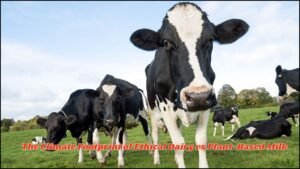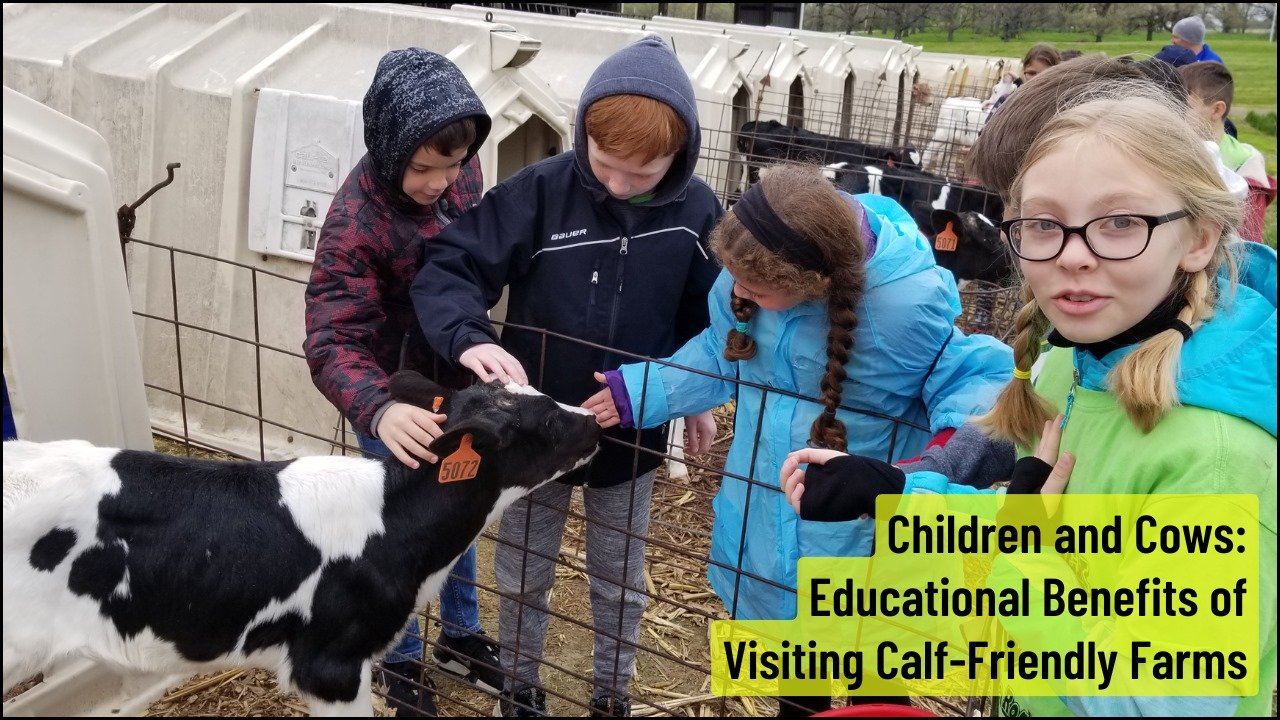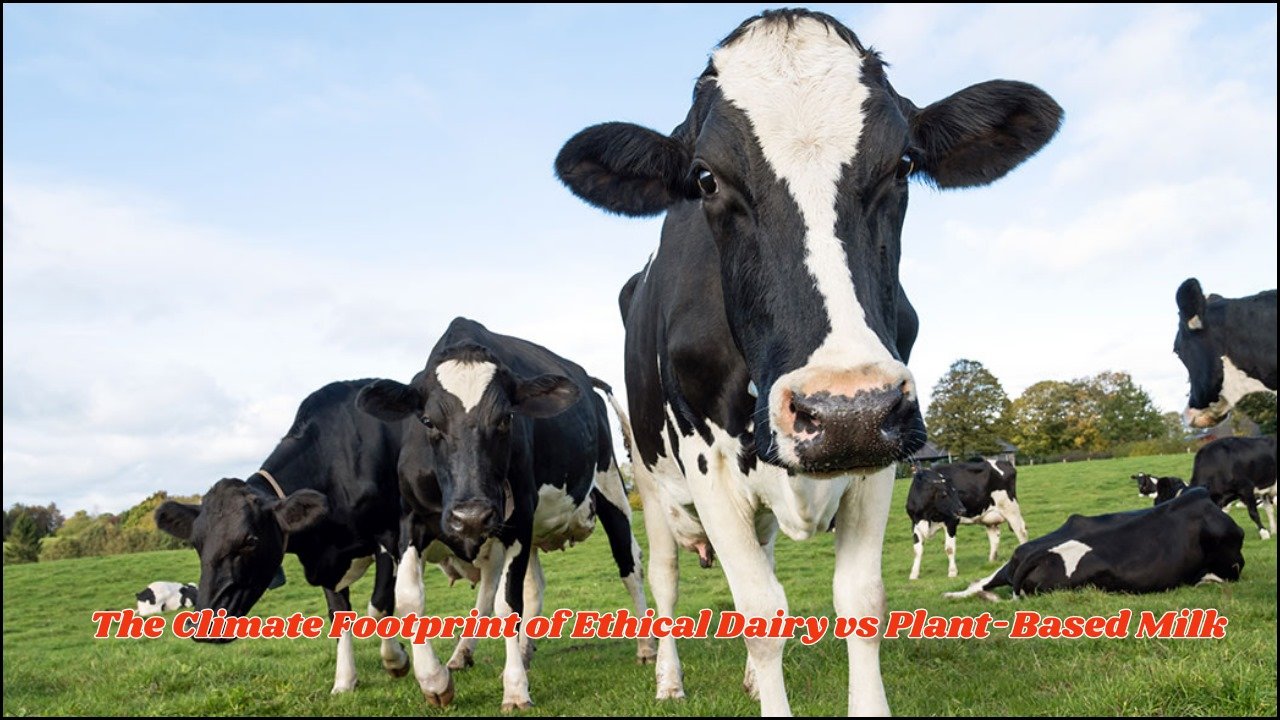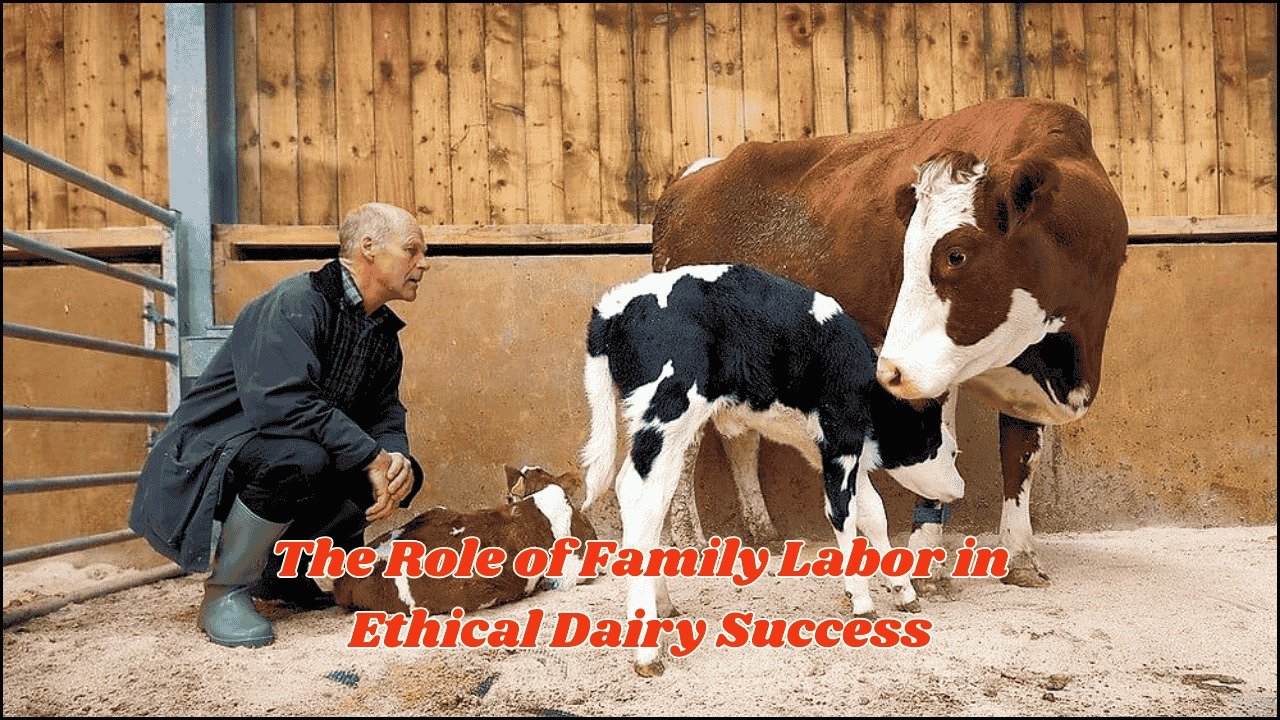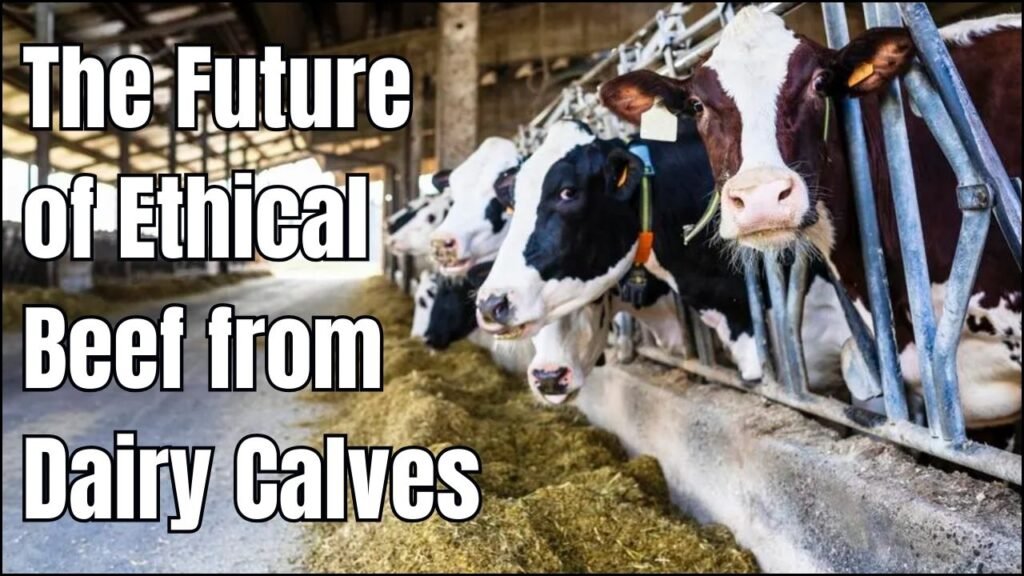
The conversation around ethical food production is evolving rapidly, and beef from dairy calves is emerging as a key area of interest. Traditionally, male calves born into dairy herds had limited value, often leading to controversial practices such as early slaughter or export. But a shift in consumer values, combined with innovation in farming, is creating a new market for ethical beef from dairy calves.
This approach, often called dual purpose dairying, focuses on raising dairy-bred calves for quality beef rather than treating them as surplus. With welfare, sustainability, and transparency at the forefront, the model promises to reshape both consumer perceptions and pricing in the beef industry.
Table of Contents
Overview
| Factor | Impact on Ethical Beef from Dairy Calves |
|---|---|
| Consumer Expectations | Demand for welfare, sustainability, and traceability |
| Market Opportunity | Expands beef supply using dairy herds |
| Branding & Storytelling | Adds value through transparency and ethics |
| Pricing | Supports premium markets and direct sales |
| Industry Partnerships | Essential for scaling and consistency |
| Government Support | Policy incentives and sustainability schemes |
Changing Consumer Expectations
Today’s consumers are increasingly mindful of where their food comes from. Surveys show that many are prepared to pay more for meat that aligns with their values, particularly on issues like:
- Animal welfare – Ensuring calves are given proper care and not discarded as by-products.
- Sustainability – Making better use of existing dairy herds to reduce the environmental footprint.
- Traceability – Clear labelling that guarantees meat has been produced under ethical standards.
Ethical beef from dairy calves fits neatly into this trend, offering a story of responsible farming that resonates with both retail buyers and individual consumers.
Market Advantages of Ethical Beef from Dairy Calves
Reducing Waste in Dairy Systems
By rearing calves for beef rather than discarding them, farmers create an additional income stream while using existing resources more effectively.
Expanding Consumer Choice
Ethical beef provides consumers with alternatives to conventional beef, which often comes under scrutiny for its environmental impact. It positions itself as a more sustainable and humane option.
Branding and Premium Pricing
Retailers are increasingly drawn to brands that can demonstrate ethical practices. Ethical beef from dairy calves can command higher prices because it combines two selling points: welfare standards and sustainability.
Pricing Considerations
One of the key debates is whether consumers are truly willing to pay more for ethical beef. Early studies suggest that while the average beef buyer may be price-sensitive, a growing premium market segment values ethics and provenance.
- Premium retailers and restaurants are particularly receptive, often willing to pay a higher wholesale price for products with strong welfare credentials.
- Direct-to-consumer sales, such as farm shops and online boxes, also present opportunities for farmers to capture added value.
The challenge lies in scaling production while maintaining ethical standards and competitive pricing. Partnerships between dairies, beef supply chains, and retailers will be essential.
Government Role
For ethical beef to grow as a market, industry and government support are critical. Incentives for sustainable farming, improved traceability systems, and consumer education campaigns will all play a role.
In the UK, the Department for Environment, Food & Rural Affairs (DEFRA) supports schemes under the Environmental Land Management initiative that could indirectly benefit farmers adopting dual purpose dairying.
FAQs
1. What is dual-purpose dairying?
A = It is a system where dairy calves, especially males, are reared for beef rather than treated as surplus, adding value to dairy farming.
2. Will ethical beef from dairy calves be more expensive?
A = Yes, but the premium reflects higher welfare and sustainability standards, which many consumers are willing to support.
3. How can farmers benefit from this model?
A = They diversify income, reduce waste, and build stronger market relationships by aligning with consumer demand for ethical food.


